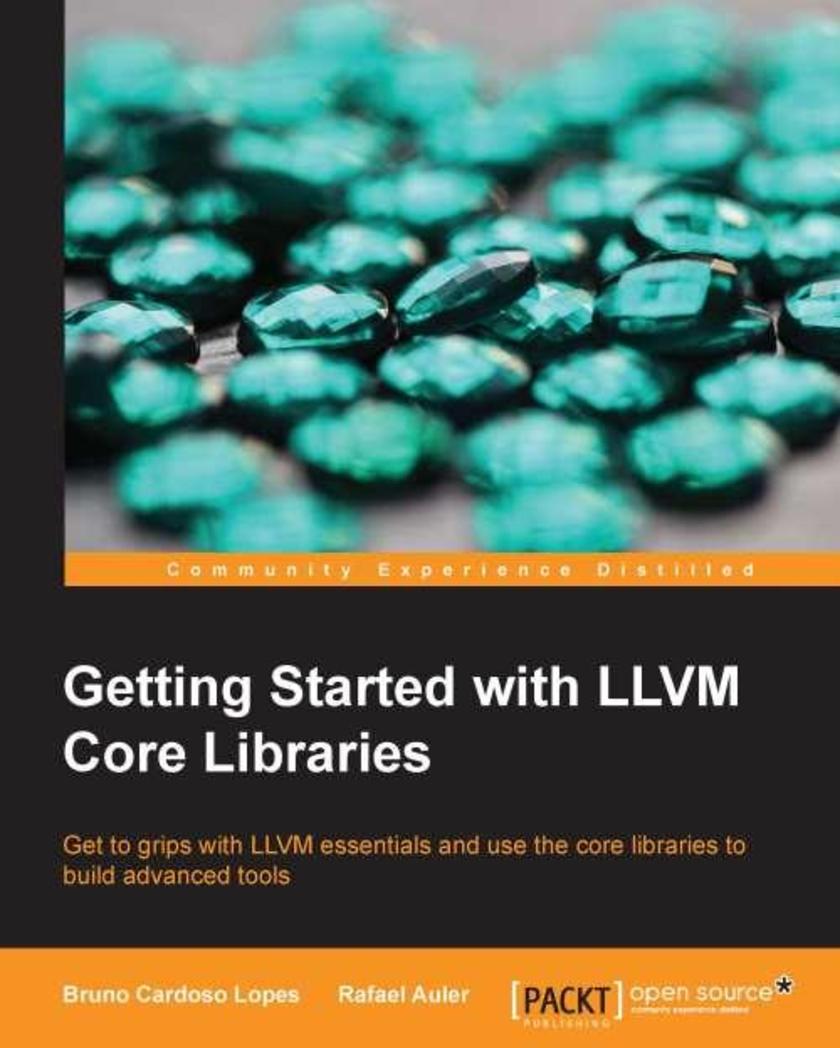
Getting started with LLVM core libraries
¥80.65
This book is intended for enthusiasts, computer science students, and compiler engineers interested in learning about the LLVM framework. You need a background in C++ and, although not mandatory, should know at least some compiler theory. Whether you are a newcomer or a compiler expert, this book provides a practical introduction to LLVM and avoids complex scenarios. If you are interested enough and excited about this technology, then this book is definitely for you.
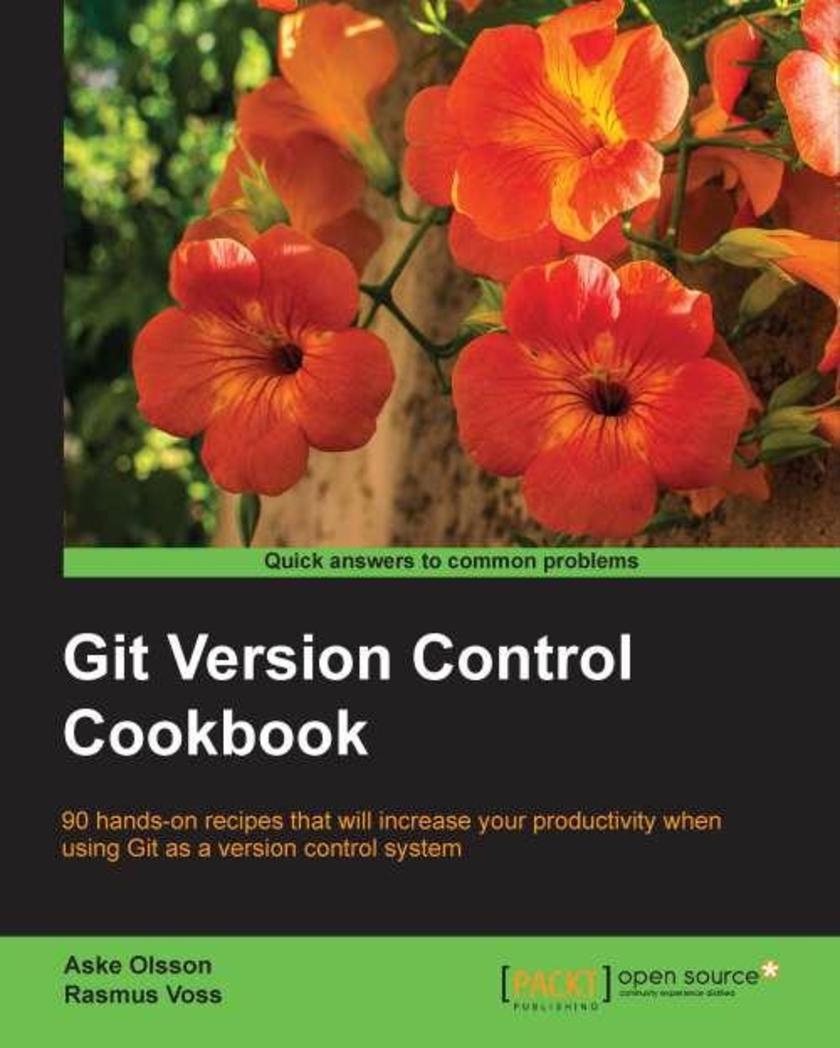
Git Version Control Cookbook
¥80.65
This practical guide contains a wide variety of recipes, taking you through all the topics you need to know about to fully utilize the most advanced features of the Git system. If you are a software developer or a build and release engineer who uses Git in your daily work and want to take your Git knowledge to the next level, then this book is for you. To understand and follow the recipes included in this book, basic knowledge of Git command-line code is mandatory.
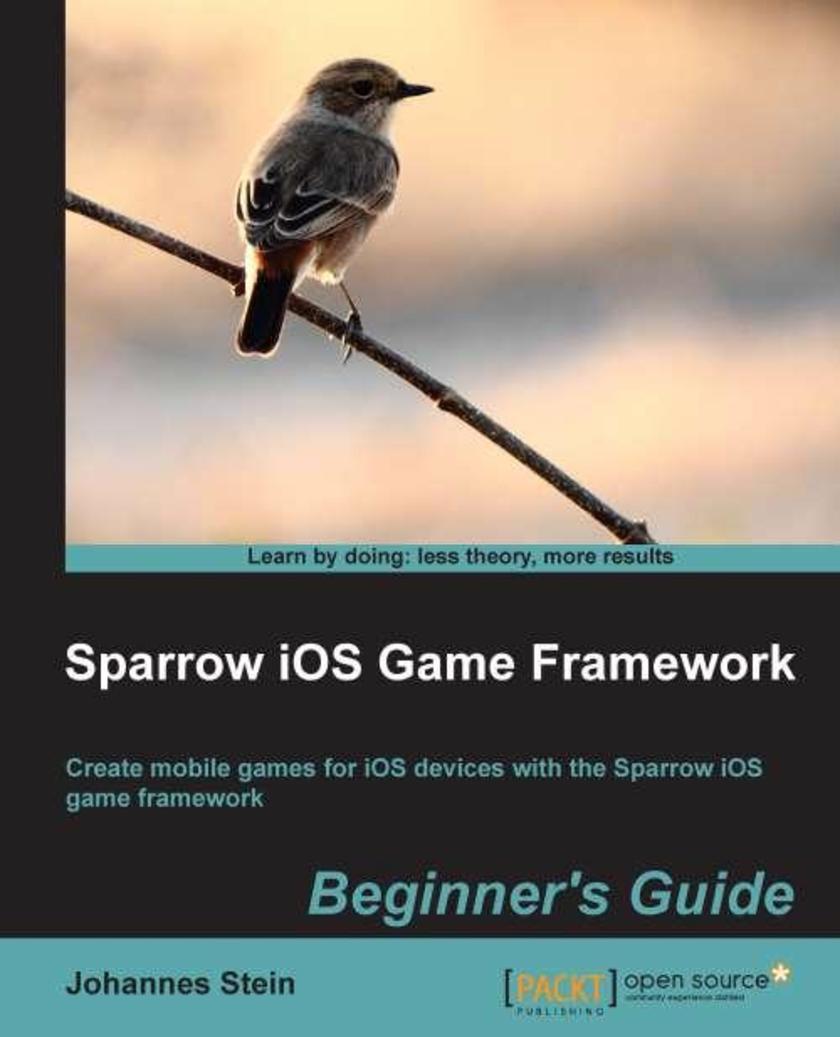
Sparrow iOS Game Framework Beginner's Guide
¥80.65
An easy-to-follow guide full of de*ive step-by-step procedures on how to develop a game for iOS. With each topic, a new challenge will be tackled to get a deeper knowledge of the Sparrow game framework and gain the skills to develop a complete mobile experience. This book is aimed at those who have always wanted to create their own games for iOS devices. Perhaps you've already dabbled in game development and want to know how to develop games for the Apple App Store, or maybe you have developed Objective-C apps in the past but you are new to game development. In either case, this book will help with de*ive examples and teach you to develop a game throughout its course. Some experience in Objective-C and a basic understanding of object-oriented programming are required.
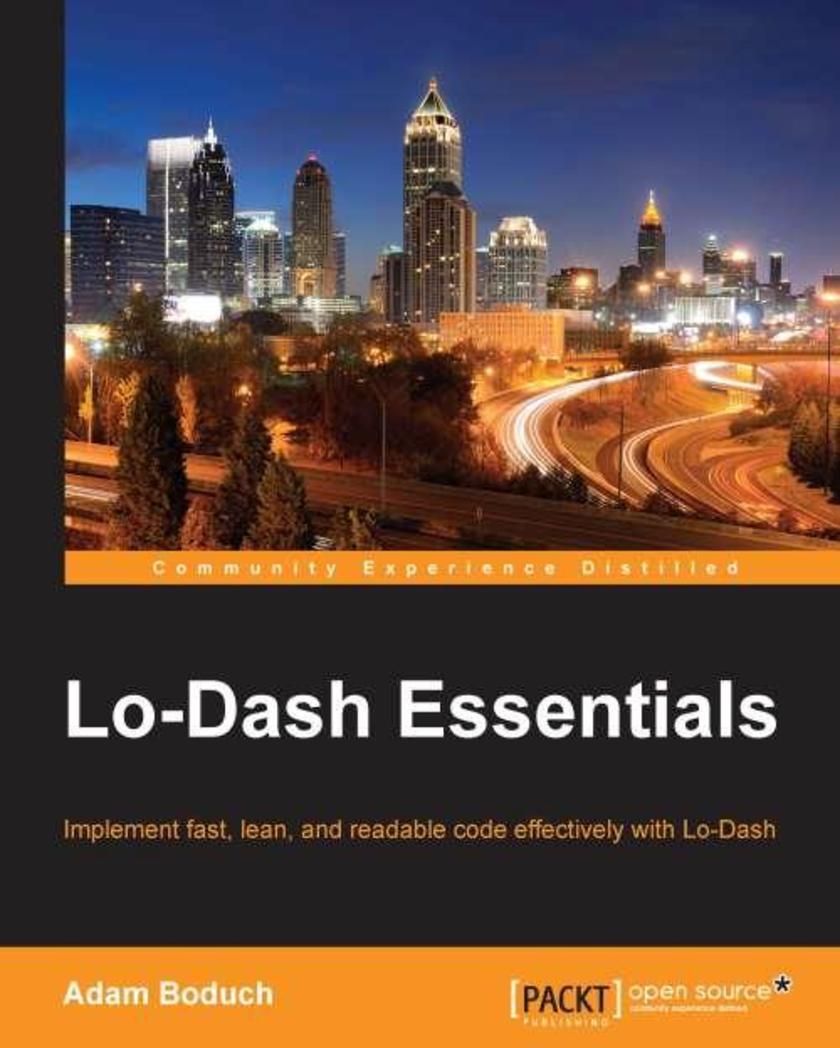
Lo-Dash Essentials
¥80.65
If you are a curious JavaScript developer interested simultaneously in tweaking the efficiency of your code, as well as improving the conciseness of it, and maintaining the readability of it, then this is the book for you. Ideally, the book is intended for readers already working on JavaScript projects and using frameworks such as jQuery and Backbone. Even if you're already using Lo-Dash, this book will show you how to use it efficiently. While extensive JavaScript experience isn't a requirement, you should have at least some prior programming experience in order to best understand the concepts presented.
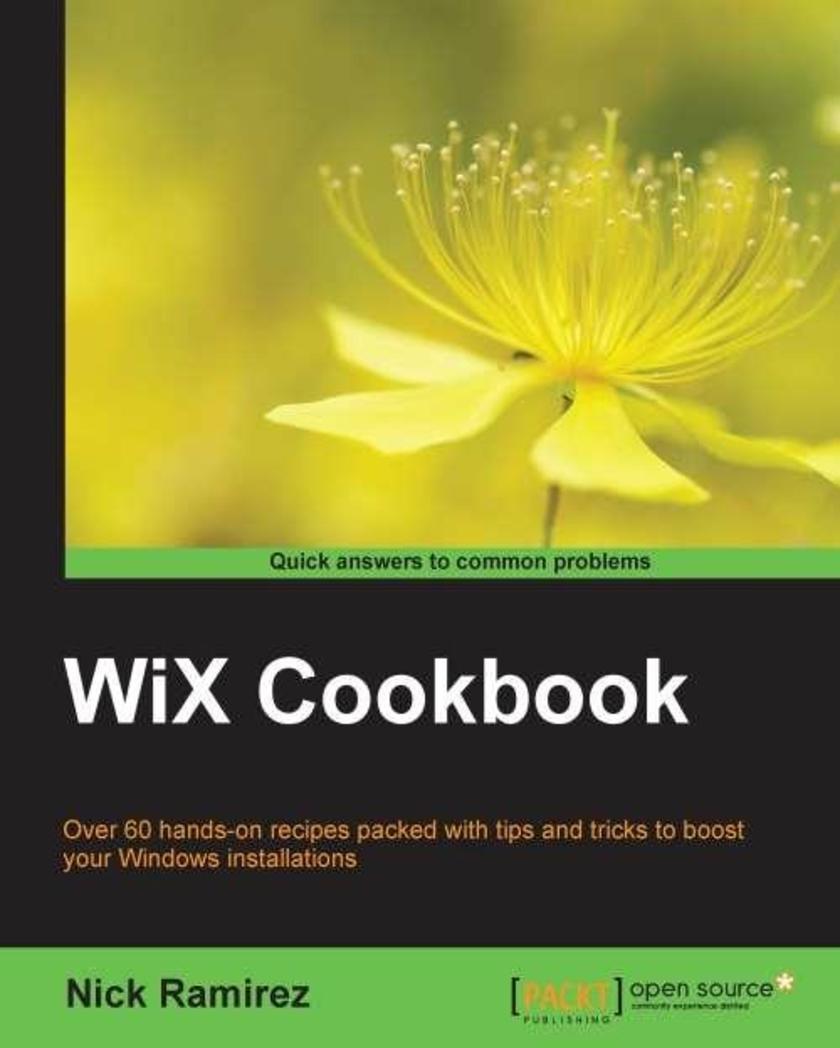
WiX Cookbook
¥80.65
If you are a developer with a good understanding of WiX projects and would like to further explore advanced WiX topics, this book is for you. To get the most out of this book, knowledge of proper XML syntax is recommended.
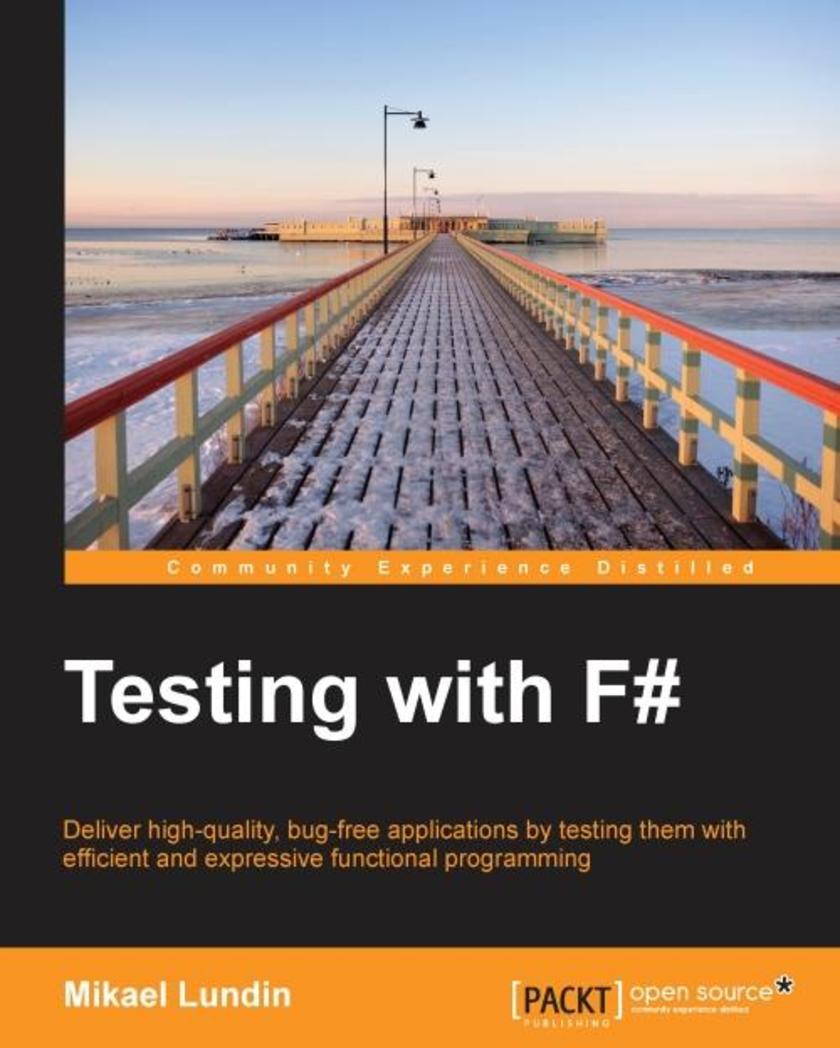
Testing with F#
¥80.65
If you are a developer who wants to test applications using F#, this is the book for you. Basic experience of testing and intermediate experience of functional programming in F# is expected.
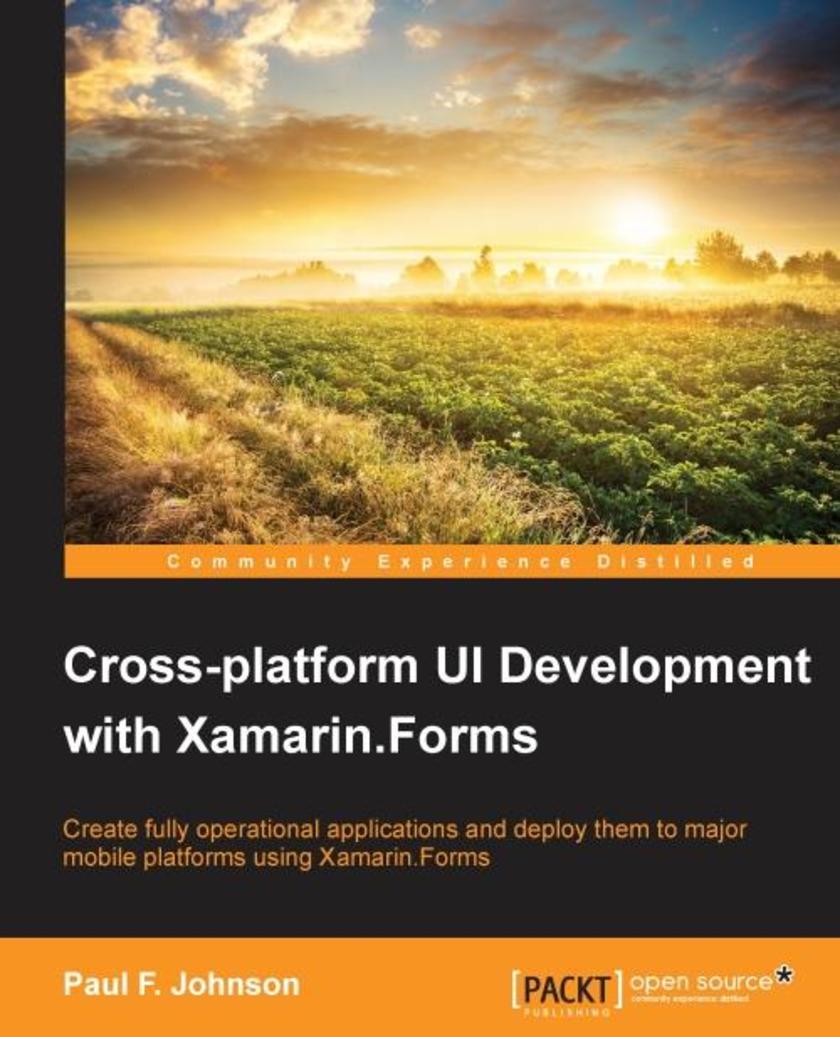
Cross-platform UI Development with Xamarin.Forms
¥80.65
This book is intended for mobile software developers who are fed up with having three different code sets for the same application. If you want to put your code on all mobile platforms with minimum fuss, and just want to develop but haven't got the time to be digging too far into a particular platform, this is the book for you. Some basic knowledge of C# is assumed.
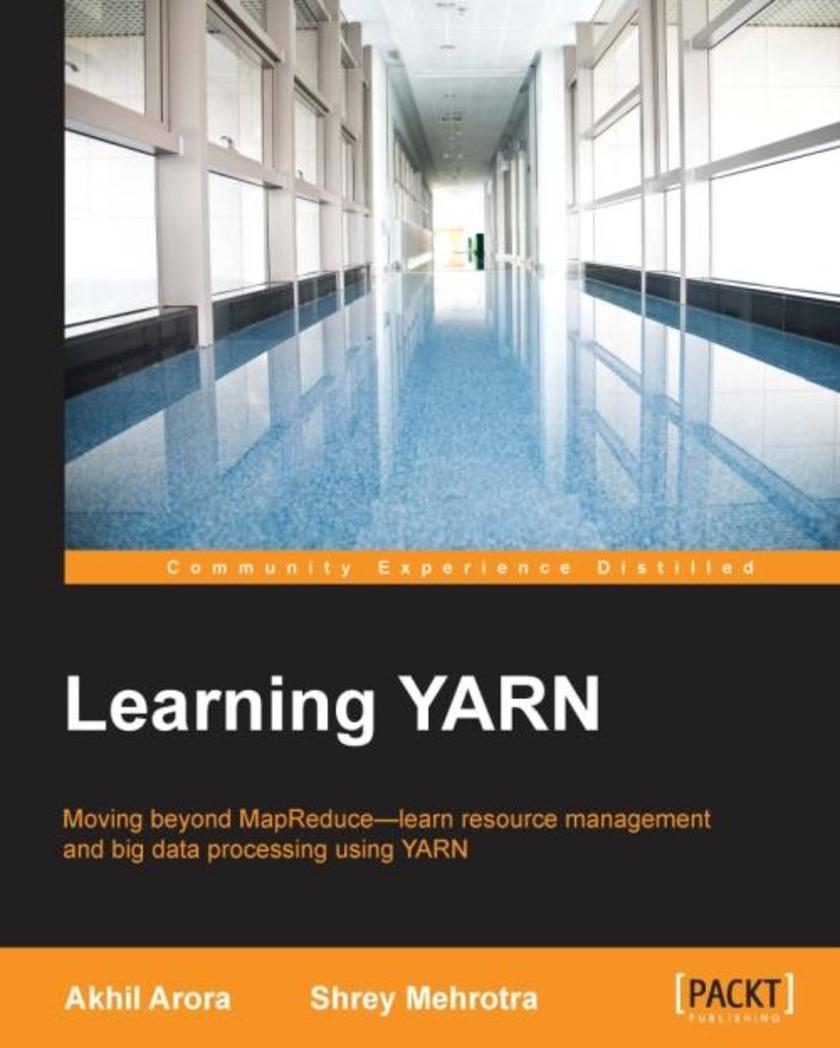
Learning YARN
¥80.65
This book is intended for those who want to understand what YARN is and how to efficiently use it for the resource management of large clusters. For cluster administrators, this book gives a detailed explanation of provisioning and managing YARN clusters. If you are a Java developer or an open source contributor, this book will help you to drill down the YARN architecture, write your own YARN applications and understand the application execution phases. This book will also help big data engineers explore YARN integration with real-time analytics technologies such as Spark and Storm.
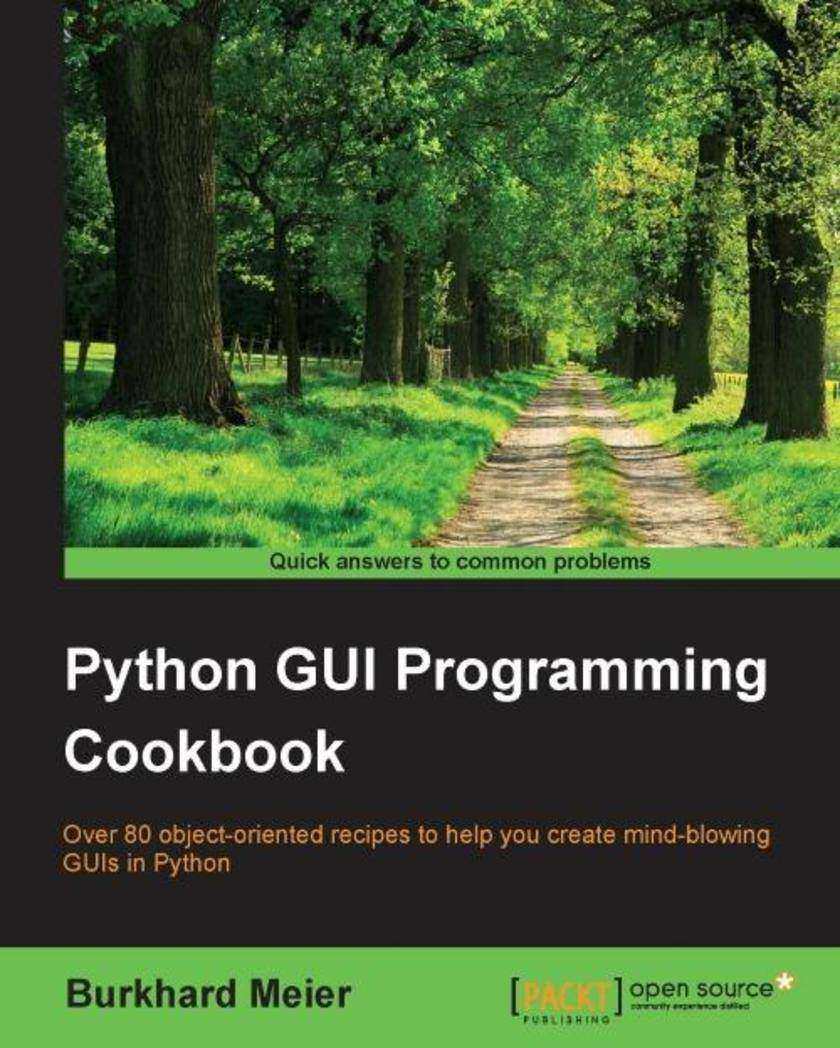
Python GUI Programming Cookbook
¥80.65
Over 80 object-oriented recipes to help you create mind-blowing GUIs in Python About This Book Use object-oriented programming to develop amazing GUIs in Python Create a working GUI project as a central resource for developing your Python GUIs Packed with easy-to-follow recipes to help you develop code using the latest released version of Python Who This Book Is For If you are a Python programmer with intermediate level knowledge of GUI programming and want to learn how to create beautiful, effective, and responsive GUIs using the freely available Python GUI frameworks, this book is for you. What You Will Learn Create amazing GUIs with Python’s built-in Tkinter module Customize the GUIs by using layout managers to arrange the GUI widgets Advance to an object-oriented programming style using Python Develop beautiful charts using the free Matplotlib Python module Use threading in a networked environment to make the GUIs responsive Discover ways to connect the GUIs to a database Understand how unit tests can be created and internationalize the GUI Extend the GUIs with free Python frameworks using best practices In Detail Python is a multi-domain, interpreted programming language. It is a widely used general-purpose, high-level programming language. It is often used as a *ing language because of its forgiving syntax and compatibility with a wide variety of different eco-systems. Its flexible syntax enables developers to write short *s while at the same time, they can use object-oriented concepts to develop very large projects. Python GUI Programming Cookbook follows a task-based approach to help you create beautiful and very effective GUIs with the least amount of code necessary. This book uses the simplest programming style, using the fewest lines of code to create a GUI in Python, and then advances to using object-oriented programming in later chapters. If you are new to object-oriented programming (OOP), this book will teach you how to take advantage of the OOP coding style in the context of creating GUIs written in Python. Throughout the book, you will develop an entire GUI application, building recipe upon recipe, connecting the GUI to a database. In the later chapters, you will explore additional Python GUI frameworks, using best practices. You will also learn how to use threading to ensure your GUI doesn’t go unresponsive. By the end of the book, you will be an expert in Python GUI programming to develop a common set of GUI applications. Style and approach Every recipe in this programming cookbook solves a problem you might encounter in your programming career. At the same time, most of the recipes build on each other to create an entire, real-life GUI application.
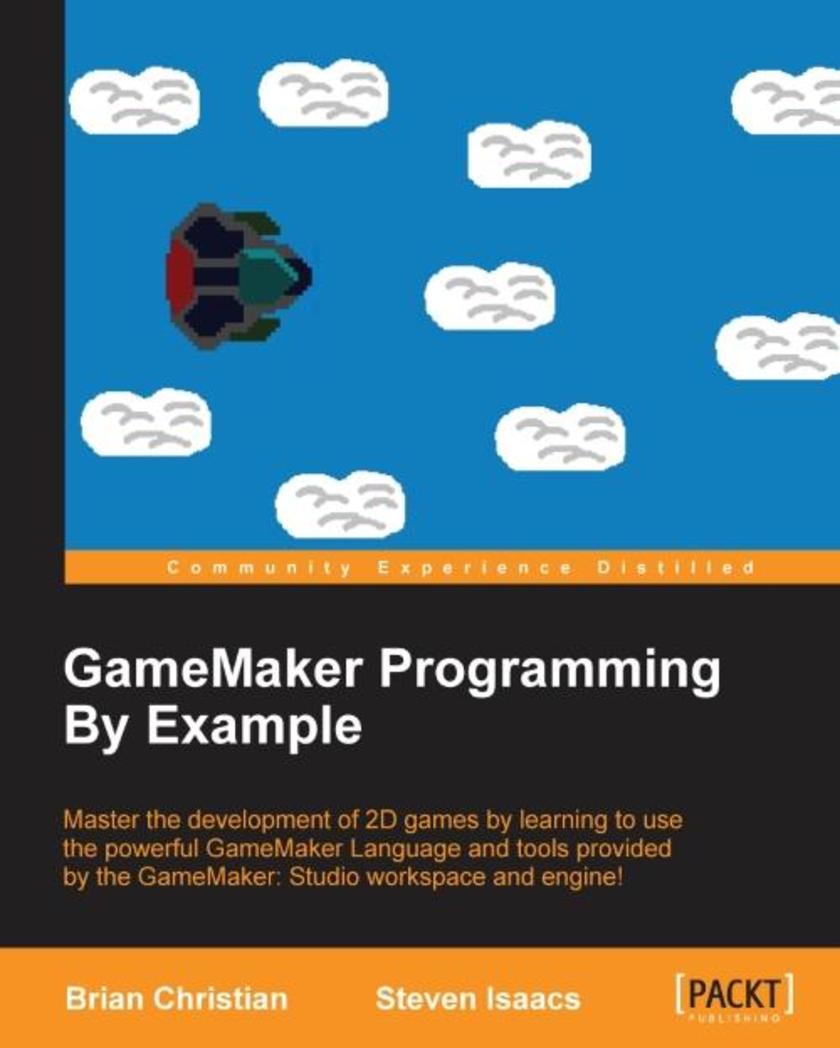
GameMaker Programming By Example
¥80.65
Master the development of 2D games by learning to use the powerful GameMaker Language and tools provided by the GameMaker: Studio workspace and engine! About This Book Rapidly develop games using the powerful yet easy easy-to to-use GameMaker: Studio engine Comprehensive: This is a comprehensive guide to help you learn and implement GameMaker’s features. Go through step-by-step tutorials to design and develop unique games Who This Book Is For If you have at least some basic programming experience of JavaScript or any other C-like languages, then this book will be great for you. No experience beyond that is assumed. If you have no game development experience and are looking for a hobby, are an experienced game developer looking to master some advanced features, or fit anywhere in that spectrum, then you will find GameMaker: Studio and this book to be very useful in helping you create exciting games. What You Will Learn Understand the GameMaker: Studio interface and tools to quickly create the various assets used in your games Translate some of the GameMaker: Studio drag and drop functions to the GameMaker language Create games with random elements for exciting gameplay Use the basic GameMaker file I/O and encryption systems Utilize the GameMaker networking functions to create multiplayer games Give AI routines to your enemies to make challenging gameplay Create particle systems to give your game exciting graphics Understand the various debugging techniques available in GameMaker: Studio In Detail This book is excellent resource for developers with any level of experience of GameMaker. At the start, we’ll provide an overview of the basic use of GameMaker: Studio, and show you how to set up a basic game where you handle input and collisions in a top-down perspective game. We continue on to showcase its more advanced features via six different example projects. The first example game demonstrates platforming with file I/O, followed by animation, views, and multiplayer networking. The next game illustrates AI and particle systems, while the final one will get you started with the built-in Box2D physics engine. By the end of this book, you have mastered lots of powerful techniques that can be utilized in various 2D games. Style and approach A This step-by-step guide that follows and with details ons different topics throughout the creation of various examples.
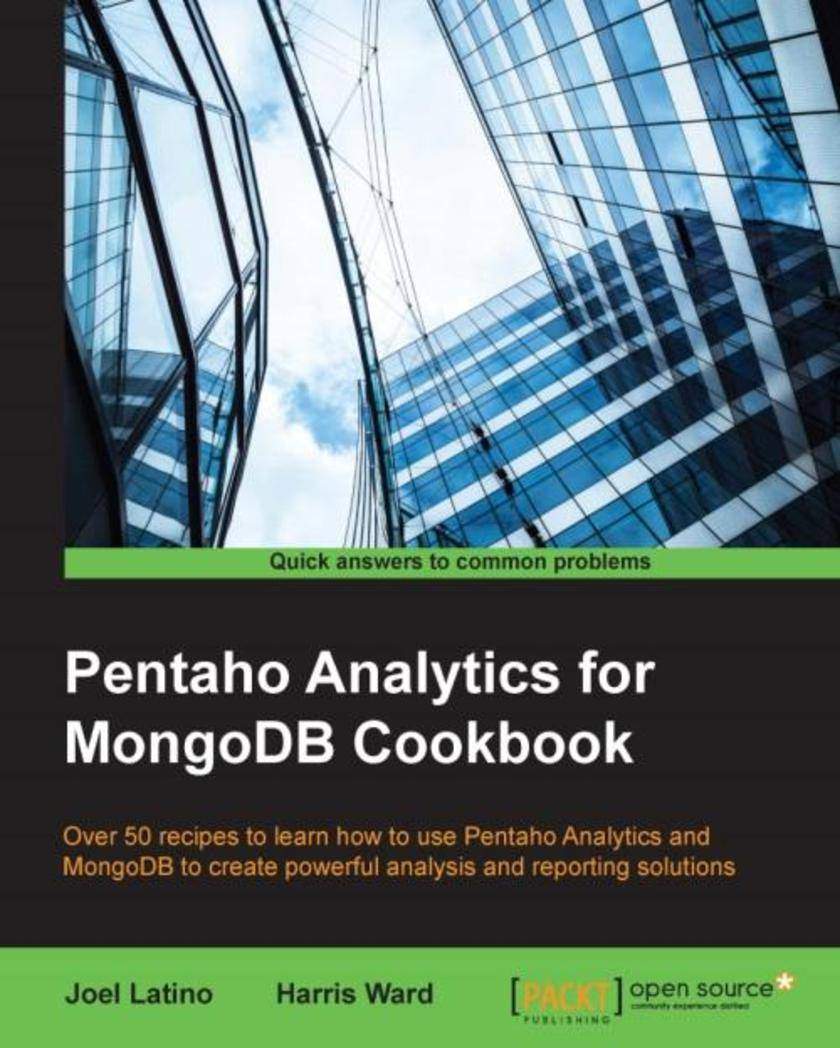
Pentaho Analytics for MongoDB Cookbook
¥80.65
Over 50 recipes to learn how to use Pentaho Analytics and MongoDB to create powerful analysis and reporting solutions About This Book Create reports and stunning dashboards with MongoDB data Accelerate data access and maximize productivity with unique features of Pentaho for MongoDB A step-by-step recipe-based guide for making full use of Pentaho suite tools with MongoDB Who This Book Is For This book is intended for data architects and developers with a basic level of knowledge of MongoDB. Familiarity with Pentaho is not expected. What You Will Learn Extract, load, and transform data from MongoDB collections to other datasources Design Pentaho Reports using different types of connections for MongoDB Create a OLAP mondrian schema for MongoDB Explore your MongoDB data using Pentaho Analyzer Utilize the drag and drop web interface to create dashboards Use Kettle Thin JDBC with MongoDB for analysis Integrate advanced dashboards with MondoDB using different types of connections Publish and run a report on Pentaho BI server using a web interface In Detail MongoDB is an open source, schemaless NoSQL database system. Pentaho as a famous open source Analysis tool provides high performance, high availability, and easy scalability for large sets of data. The variant features in Pentaho for MongoDB are designed to empower organizations to be more agile and scalable and also enables applications to have better flexibility, faster performance, and lower costs. Whether you are brand new to online learning or a seasoned expert, this book will provide you with the skills you need to create turnkey analytic solutions that deliver insight and drive value for your organization. The book will begin by taking you through Pentaho Data Integration and how it works with MongoDB. You will then be taken through the Kettle Thin JDBC Driver for enabling a Java application to interact with a database. This will be followed by exploration of a MongoDB collection using Pentaho Instant view and creating reports with MongoDB as a datasource using Pentaho Report Designer. The book will then teach you how to explore and visualize your data in Pentaho BI Server using Pentaho Analyzer. You will then learn how to create advanced dashboards with your data. The book concludes by highlighting contributions of the Pentaho Community. Style and approach A comprehensive, recipe-based guide to take complete advantage of the Pentaho Analytics for MongoDB.
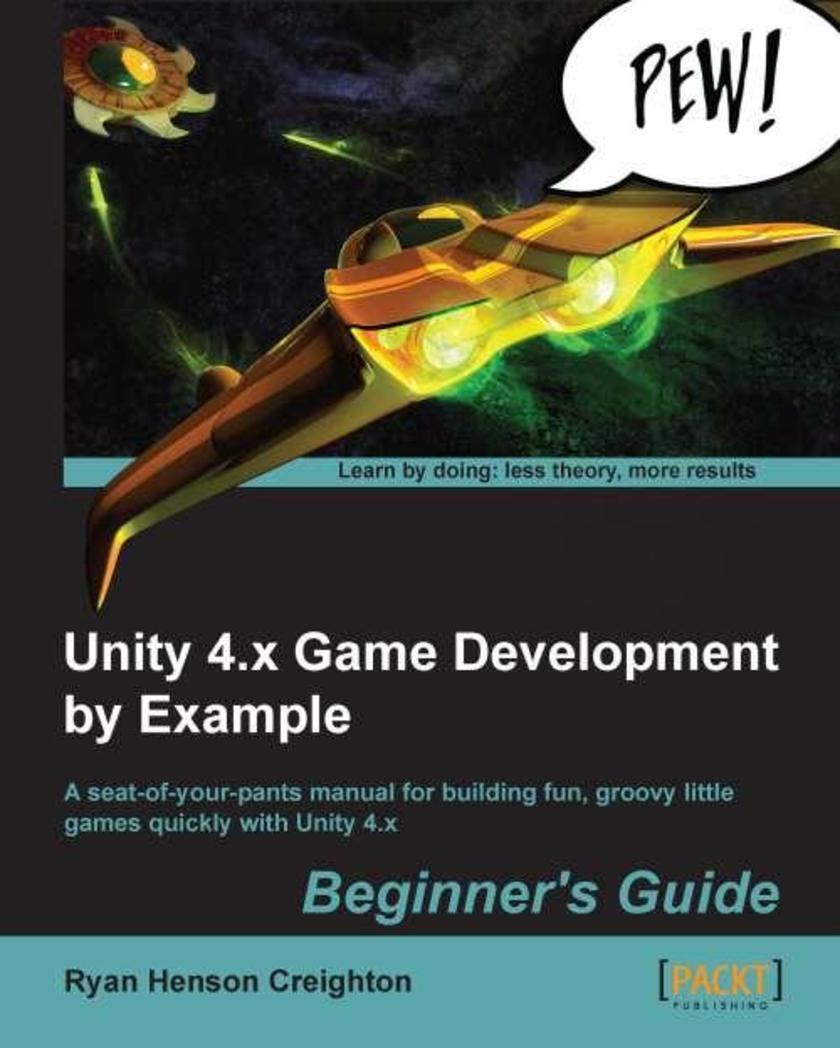
Unity 4.x Game Development by Example
¥80.65
This is a practical and light-hearted guide to get to grips with creating your first games, with easy-to-follow, step-by-step tutorials using the award winning Unity engine.If you’ve ever wanted to enter the world of independent game development but have no prior knowledge of programming or game development, then this is the book for you. Game developers transitioning from other tools like GameMaker and Flash will find this a useful tool to get them up to speed on the Unity engine, as will anyone who has never handled the Unity engine before.

Google Maps API Cookbook
¥80.65
Google Maps API Cookbook follows a fast-paced, high-level, structured cookbook approach, with minimal theory and an abundance of practical, real-world examples explained in a thorough yet concise manner to help you learn quickly and efficiently.Google Maps API Cookbook is for developers who wish to learn how to do anything from adding a simple embedded map to a website to developing complex GIS applications with the Google Maps JavaScript API. It is targeted at JavaScript developers who know how to get by but who are also seeking the immediacy of recipe-based advice.

RabbitMQ Cookbook
¥80.65
A practical book filled with advanced recipes as well as plenty of code and real-life examples which will make your learning curve quick and easy.If you are a software developer who wants to develop distributed applications based on messaging, then this book is for you. It’s assumed that you have some experience with multithreading applications and distributed applications. You are also expected to know the basic concepts of Web and cloud applications in order to follow the recipes effectively.

Android Security Cookbook
¥80.65
Android Security Cookbook' breaks down and enumerates the processes used to exploit and remediate Android app security vulnerabilities in the form of detailed recipes and walkthroughs."Android Security Cookbook" is aimed at anyone who is curious about Android app security and wants to be able to take the necessary practical measures to protect themselves; this means that Android application developers, security researchers and analysts, penetration testers, and generally any CIO, CTO, or IT managers facing the impeding onslaught of mobile devices in the business environment will benefit from reading this book.

Unity Multiplayer Games
¥80.65
An easy-to-follow, tutorial manner that uses the learning-by-example approach.If you are a developer who wants to start making multiplayer games with the Unity game engine, this book is for you. This book assumes you have some basic experience with programming. No prior knowledge of the Unity IDE is required.
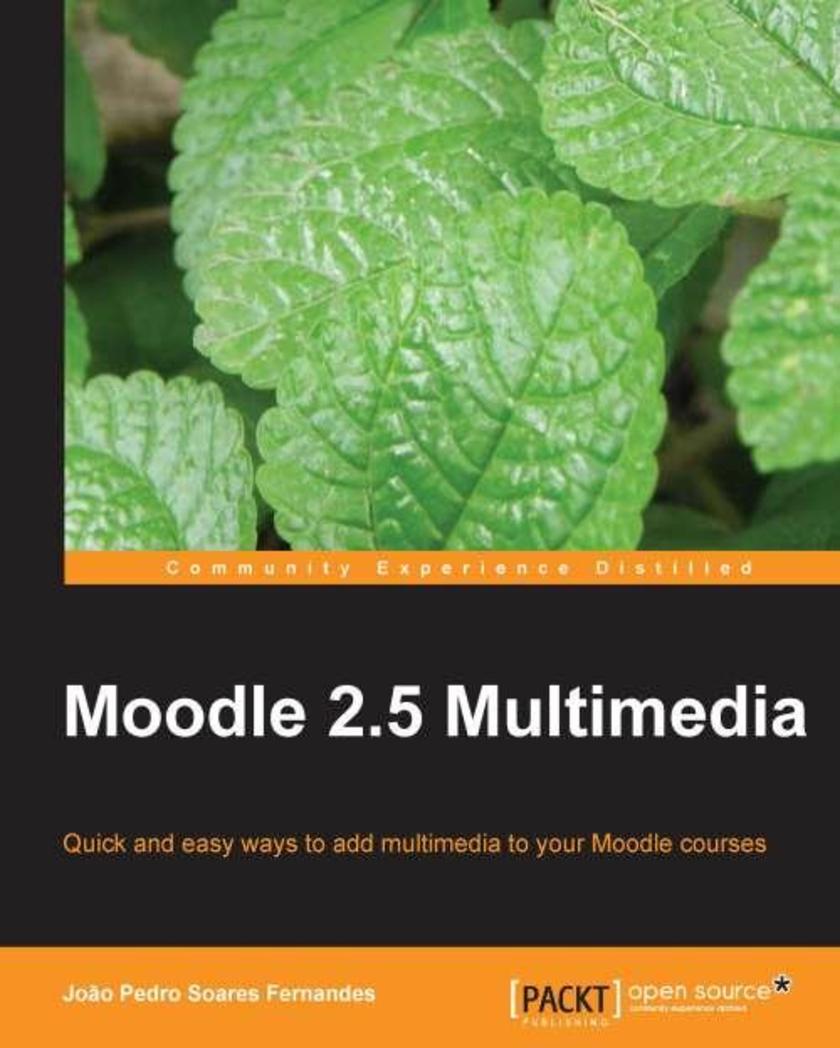
Moodle 2.5 Multimedia
¥80.65
A tutorial-based guide where readers can work through practical examples that clearly describe how to create multimedia applications using Moodle and integrate existing multimedia resources into Moodle courses.If you are a teacher or trainer who runs online courses and has a basic understanding of Moodle, this book will be ideal for you. It is not necessary to have an advanced technical background to create multimedia elements as the tasks will be simple, not time consuming, and will be practical for everyday use.
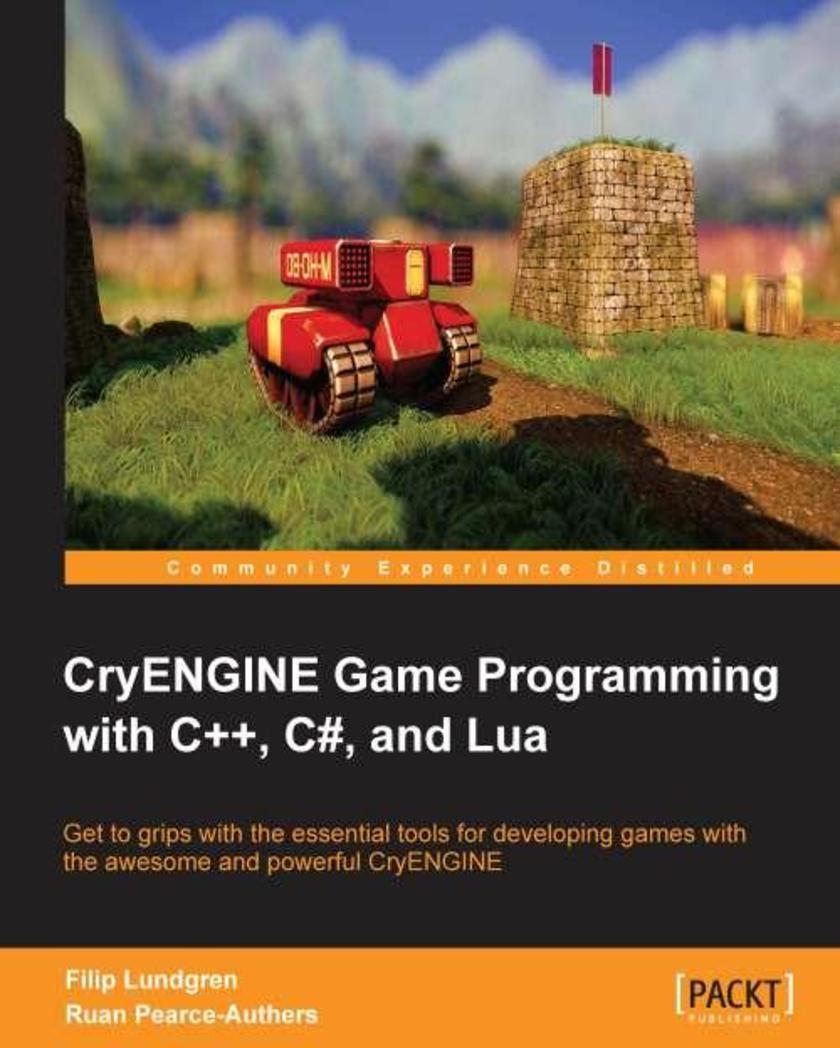
CryENGINE Game Programming with C++, C#, and Lua
¥80.65
This book provides you with step-by-step exercises covering the various systems of CryENGINE and comprehensively explains their workings in a way that can be easily understood by readers of any skill level to help you develop your very own CryENGINE games.This book is intended for developers looking to harness the power of CryENGINE, providing a good grounding in how to use the engine to its full potential. The book assumes basic knowledge of the engine and its editor in non-programming areas.
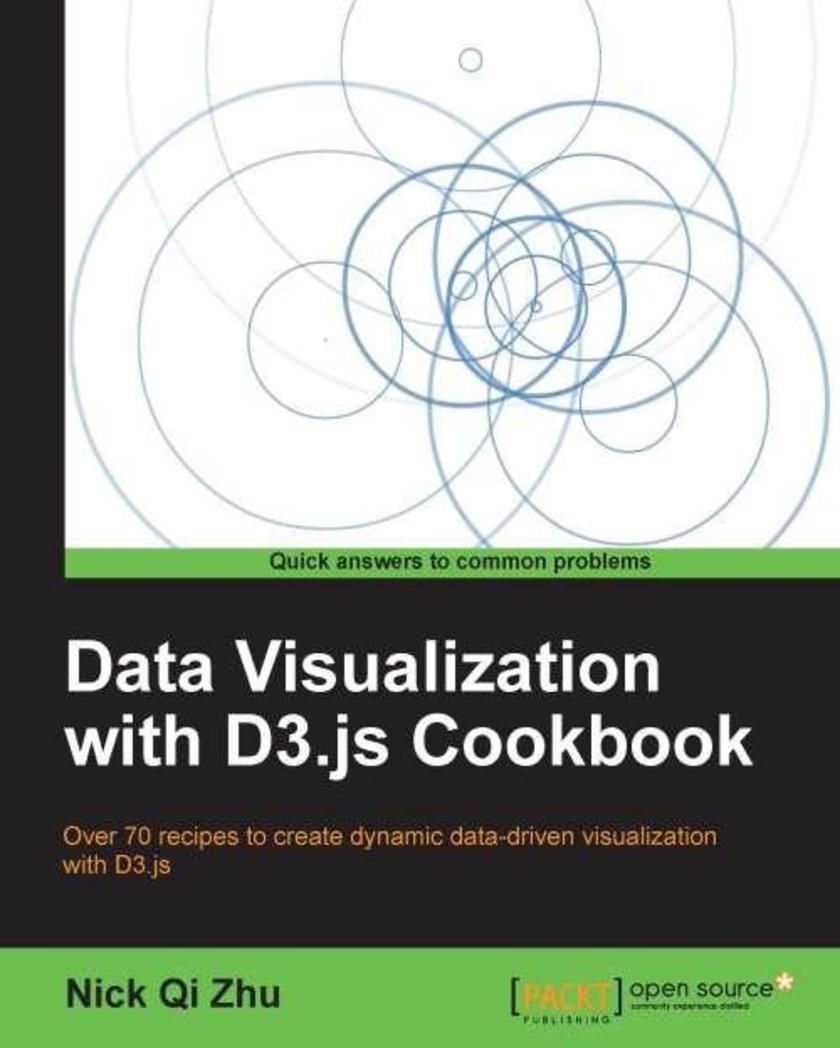
Data Visualization with D3.js Cookbook
¥80.65
Packed with practical recipes, this is a step-by-step guide to learning data visualization with D3 with the help of detailed illustrations and code samples.If you are a developer familiar with HTML, CSS, and JavaScript, and you wish to get the most out of D3, then this book is for you. This book can also serve as a desktop quick-reference guide for experienced data visualization developers.
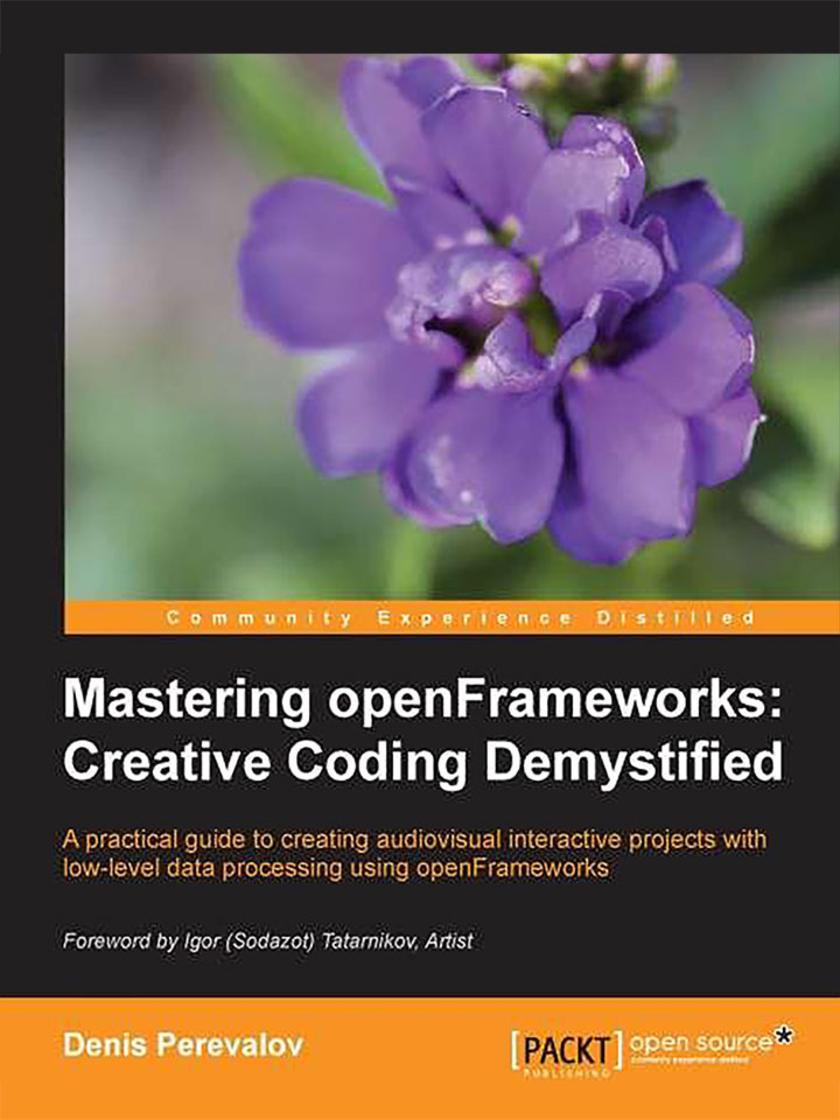
Mastering openFrameworks: Creative Coding Demystified【精装】
¥80.65
This book gives clear and effective instructions, stuffed with practical examples, to build your own fun, stunning and highly-interactive openFrameworks applications. Each chapter is focused differently and has a new theme to it,This book targets visual artists, designers, programmers and those interested in creative coding by getting started with openFrameworks. This book will help you understand the capabilities of openFrameworks to help you create visually stunning and fully interactive applications. You should have a basic knowledge of object oriented programming, such as C++, Java, Python, ActionScript 3, etc.

Mobile Security: How to secure, privatize and recover your devices
¥80.65
Learn how to keep yourself safe online with easy- to- follow examples and real- life scenarios. Written by developers at IBM, this guide should be the only resource you need to keep your personal information private.Mobile security is one of the most talked about areas in I.T. today with data being stolen from smartphones and tablets around the world. Make sure you, and your family, are protected when they go online.




 购物车
购物车 个人中心
个人中心



